|
by Fiona Valentine | Colour Theory by Fiona Valentine Here are three easy steps to help you conquer colour theory and move towards confidence with colour. Having a clear colour language makes all the difference to understanding colour theory. Understanding means you can plan paintings with gorgeous colour, mix the right colour easily and get the results you want. Once you understand colour theory’s basic terms, you can take the next step and learn to mix hundreds of colours with just 8 tubes of paint. Let's get started! Colour Theory Step #1 – Understand HueOur first colour theory step is to get to know Hue. Hue simply means colour. Knowing this is key to having a step by step process to getting the colour you want so write it down and carry it around with you until you KNOW it. Colour has different aspects to it and they all matter. If you can describe them, it’s so much easier to figure out colour theory. Once you have words, it’s easier to understand your thoughts and make a plan. You can describe what you need, then decide how to go about it. When I say “hue means colour” I mean the twelve colours of the colour wheel starting with the three primary colours: Next, the colours made by mixing these three primaries together: So far, that’s 6 colours. The next 6 colours are the colours you get when you mix THOSE together. If you listed them from the top around the circle clockwise, you’d have this list of 12 colours: Knowing these colours and where they fit on the colour wheel is like learning the alphabet. It's pretty hard to read words without knowing the alphabet. Once you can read words, you can move on to sentences and books...but it all starts with the abc's. Notice I didn’t use colour names like “watermelon”, “ mint”, “lavender” or any other exotic colour association. I didn’t even say “cadmium yellow” “ultramarine blue” or “scarlet lake” which are common names for artist paints. We’re just talking about these twelve colour names based on the colour wheel. Everything else comes later. By the way, the colour wheel is just the light spectrum with its rainbow of colours turned in a circle (thank you, Sir Isaac Newton). 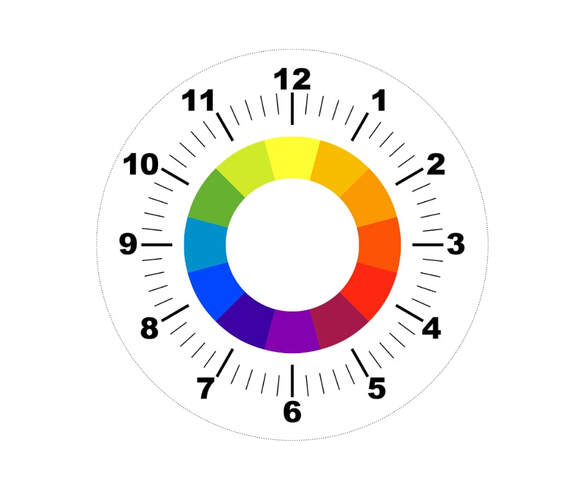 Hint: it’s WAY easier to visualise the colour wheel in your head when you always study it the same way up. Think of an old school clock and put YELLOW at 12:00 RED at 4:00 BLUE at 8:00. Colour Theory Step #2 – Understand ValueOK, Colour Theory Step number two is to understand value. Value means the lightness or darkness of a colour. This second term is actually the most important. In art, colour gets all the glory, but value does all the work. Getting value right really matters. There are some fabulous ways to use value to make strong drawings & paintings, but the first step is to understand what it is. This value scale shows ten steps from black to white. ANY of the hues on the colour wheel can be mixed to different values of lightness or darkess. So the hue yellow can be a light value OR a dark value. The same for the hue red. In fact, a light value of red is actually what we call pink. Notice pink wasn’t one of the twelve hues? That’s because it’s actually light red. When you mix white with red or red violet you get pink. Check out this blue value scale. The exciting thing about figuring out value is that it makes so much difference to your art. #1 weakness in beginner drawings and paintings? Keeping all the values at a middle level on the value scale - boring. Add in some deep darks and some white and all of a sudden, you have drama! If your shapes are right and your colours are accurate, adding correct value gives the illusion of three dimensions on a flat paper or canvas. All of a sudden, your art looks realistic. That’s a pretty exciting moment! Let’s move on to step number three. Colour Theory Step #3 - Understand ChromaColour Theory Step #3 is to understand chroma. Chroma means the brightness or dullness of a colour. Look at the bright, vibrant red on the scale below. It has HIGH chroma. Moving to the right, we have lower and lower chroma until we arrive at a neutral, dull grey. A fluorescent colour would have a SUPER bright high chroma while colours in the natural world tend to have a duller lower chroma. This is especially true of our "gum trees" here in Australia which have a beautiful variety of dull grey green leaves rather than bright greens. Now that you have three simple colour theory terms to describe what you are looking at, you can practice identifying colours accurately. Try taking a trip to a paint store, picking out some colours and then using your new terms to describe them. For example, a light bright orange, dark dull red violet, or a bright blue green. For all the imaginative names the paint companies come up with, you can describe each of them with these simple steps to colour theory. And, now that you can describe colour, you have a much better chance of being able to mix it accurately by adjusting the hue, value and chroma. I hope these simple steps to colour have helped inspire you to get mixing some gorgeous colours! Want my free poster so you can remember the colour terms we’ve talked about? Get it here via my freebie vault. Want to learn more? Check out my online Colour Course!
6 Comments
Sheena Mackenzie
18/9/2021 06:46:51 pm
This was so helpful. Thanks very much. I stumbled across you through searching for the 20/80 rule in art. I’m now going to practise thinking of colours in terms of hue, value and chroma. Hopefully, this will improve my art.
Reply
16/6/2023 04:20:09 pm
I'm definitely going to bookmark your blog, I just love your post, thanks for such a nice sharing.. Hope to get some info on your blog in future
Reply
10/6/2024 03:26:12 pm
Pamper your hair with Avocado Nano Keratin Hair Spa Mask. This hair Spa mask repairing treatment is infused with the goodness of avocado and keratin.
Reply
25/7/2024 11:00:45 am
I was impressed by the depth of research and clear explanation in this article. It gave me a new perspective on your topic.
Reply
Leave a Reply. |
Hi, I'm Fiona. I'm an artist and art coach. I help aspiring artists learn to paint for fun AND for profit even if they've never sold any of their work before.
You have more than enough creativity and talent, what you need are skills - both for making art and the art of selling art. I can help! Archives
January 2022
Categories
All
|
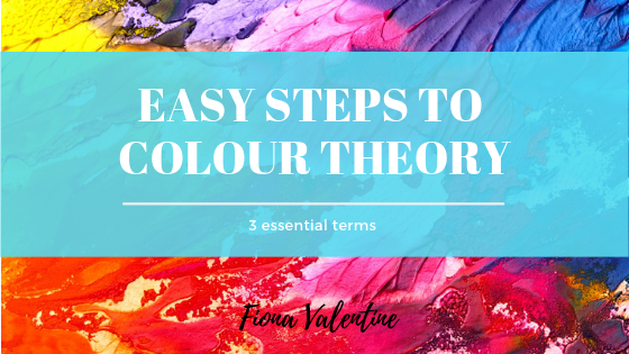
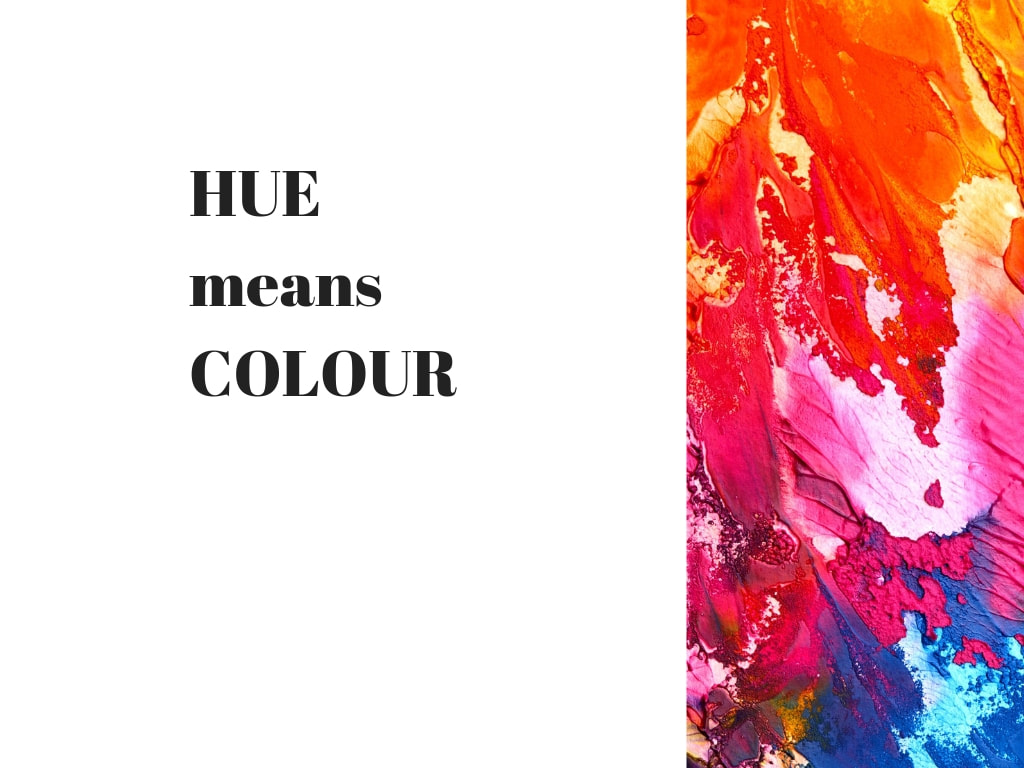
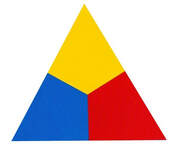
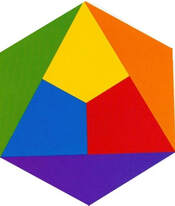
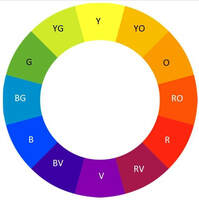
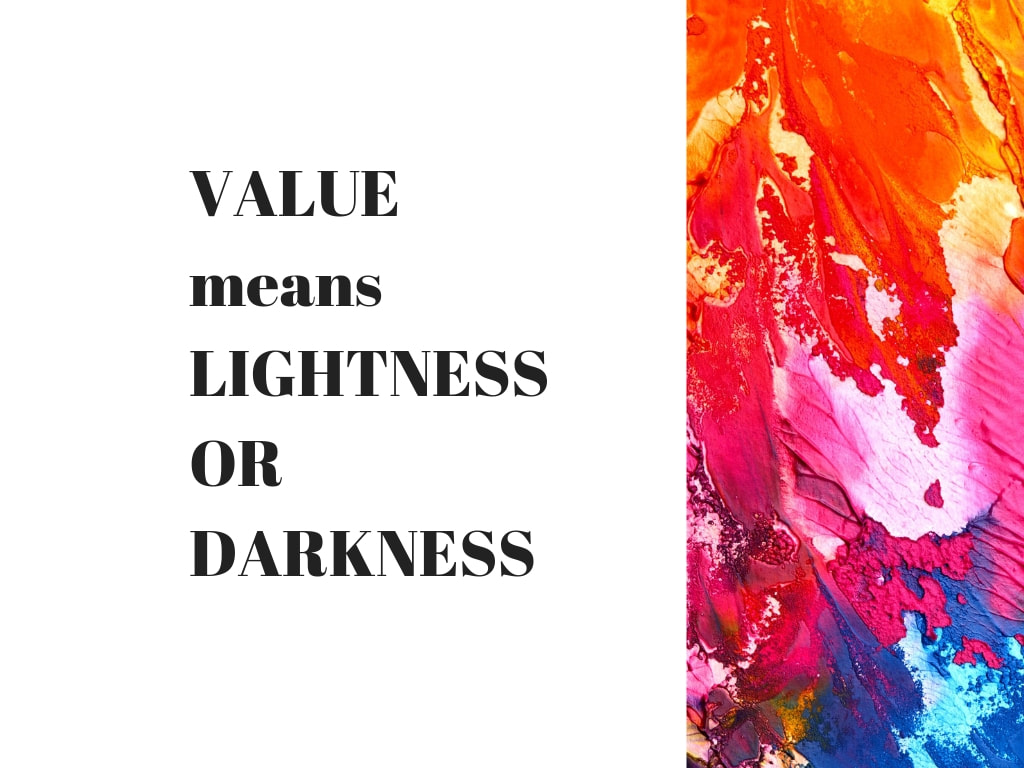


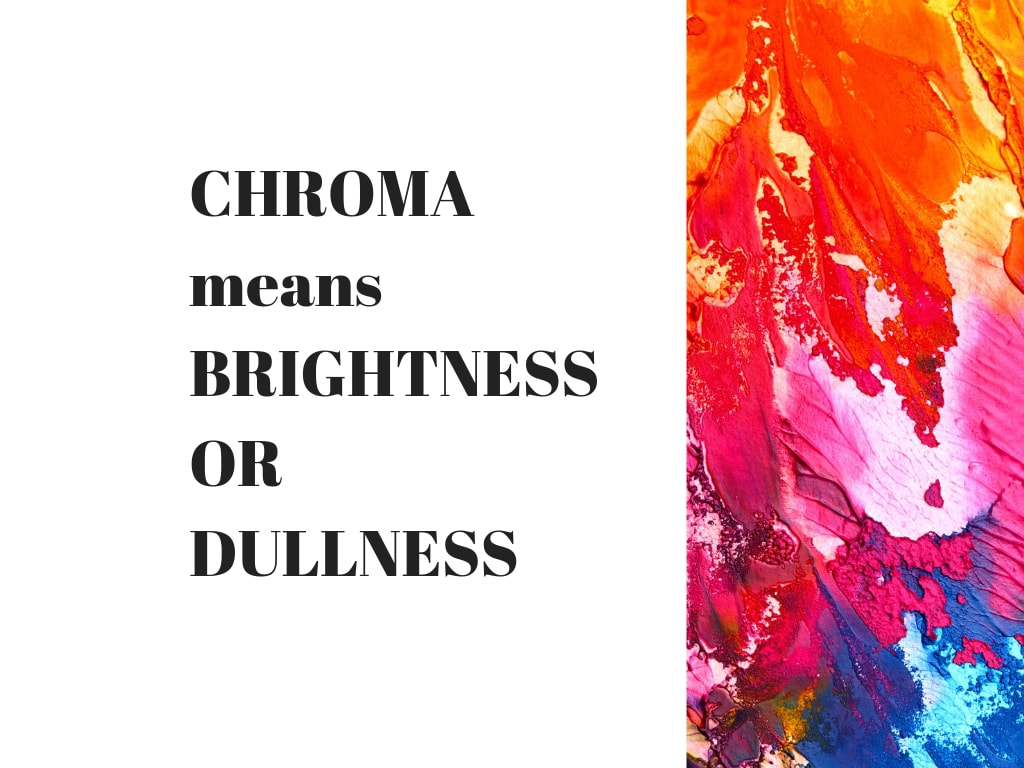
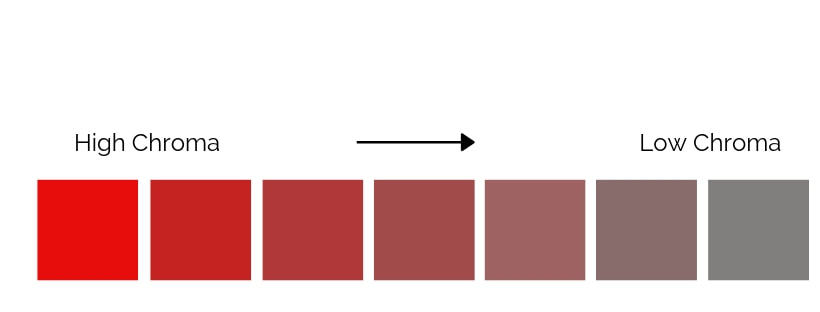
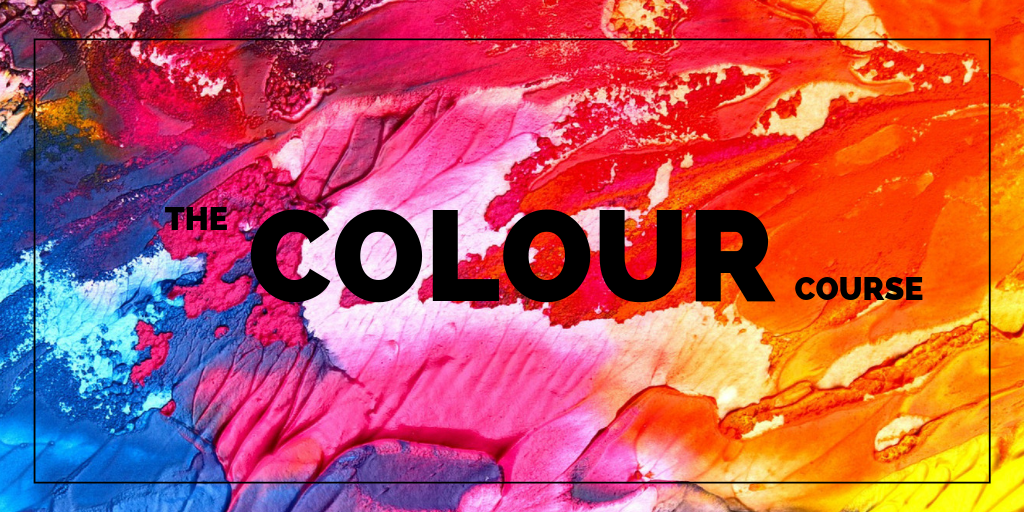
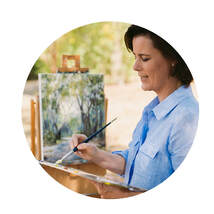
 RSS Feed
RSS Feed